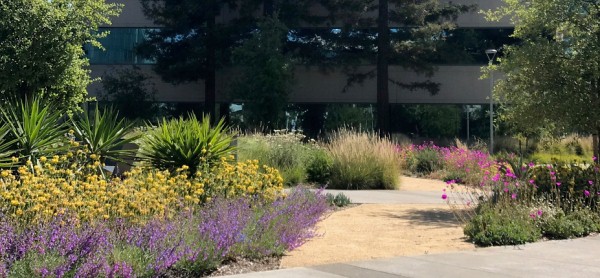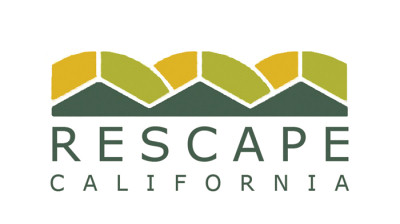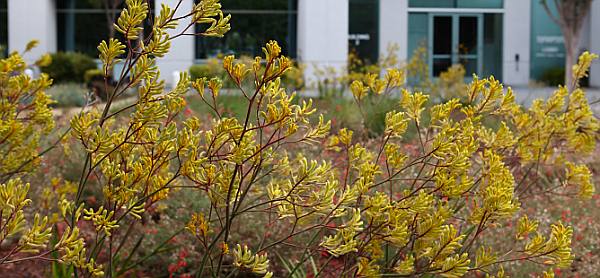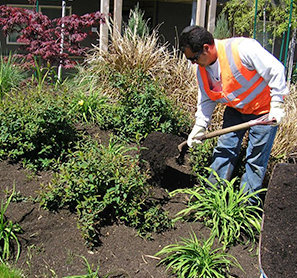Sustainable Landscaping Practices: How to Make the Shift


Are you ready to make the shift to sustainable landscaping practices? The Gachina team wants to help. Making the change may be easier than you think, and it offers some significant benefits. Following site and goal evaluations from our ReScape Certified Landscape Professionals, we can help you reach your sustainability goals.
Follow these 8 Steps to Sustainable Landscape Design:
- Act locally
Choosing materials from local vendors, from trees and plants to mulch and fertilizers. Purchasing from local businesses lowers your carbon footprint, reduces emissions and packaging waste, creates jobs, and strengthens the community.
- Reduce waste
Avoid inadvertently incorporating invasive plants by not selecting species based solely on looks. Invasive plants create more weeding/pruning waste. Look instead to native species to reduce waste and maintenance. Mulching, composting, and grass-cycling further reduces waste, reincorporating nutrients back into the soil. Time for something new? Avoid adding to the waste stream, turning instead to recycled and salvaged landscape products.
- Nurture soil
Mulching, composting, and reintegrating leaf, grass, and pruning “wastes” back into your soil can net impressive results in foliage health. Not convinced your grounds need the boost? Our plant health care professionals can deliver the data you need to make positive changes with a soil test/analysis.
- Sequester carbon


Healthy plants and soil rich in organic matter and beneficial microorganisms removes and stores carbon dioxide. Supporting this practice with goat grazing for weed abatement followed by reseeding with native grasses further reduces carbon and supports a healthy landscape. Dubbed “carbon farming,” such strategies are essential to slowing climate change.
- Save Water
- Efficient irrigation systems such as low-volume spray heads or drip irrigation with self-adjusting, weather-based technology.
- Drought resistant plants suited to a hot, dry climate.
- Drought resistant soils abundant with moisture-retaining compost and mulch.
- Reclaimed and recycled water, including greywater and storm water.
- Conserve energy
Reduce mowing and pruning needs with mindful plant selection and green maintenance practices (hand-pruning, goat grazing, battery-operated devices), reducing carbon emissions and noise pollution. Shade buildings and paved areas with trees and greenery, reducing the urban “heat island” effect for improved comfort and reduced air conditioning use.
- Protect water and air
Maximize permeable surfaces and minimize runoff choosing permeable pavers, gravel, and decomposed granite (DG) over concrete and asphalt. Avoid the use of synthetic chemicals, using integrated pest management tactics and organic soil amendments. Consider incorporating bioswales or a green roof conversion to capture and filter storm water, reduce the “heat island” effect, and create habitat.
- Create habitat


Uphold local flora and fauna, increasing biodiversity by selecting native trees and non-invasive greenery from local nurseries. These habitat additions will support wildlife, attract beneficial insects such as butterflies and bees, and benefit your property, preventing erosion, guarding against wind, and providing oxygen, shade, and noise insulation. Consider adding a certified bee garden or incorporating edibles for an urban farming project that benefits your local community.
Save the planet – and a little green, too. Learn how a shift to sustainable landscaping can save your business time, labor, and money while protecting the future of the earth. Contact Gachina Landscape Management at 866-848-4634 today.






